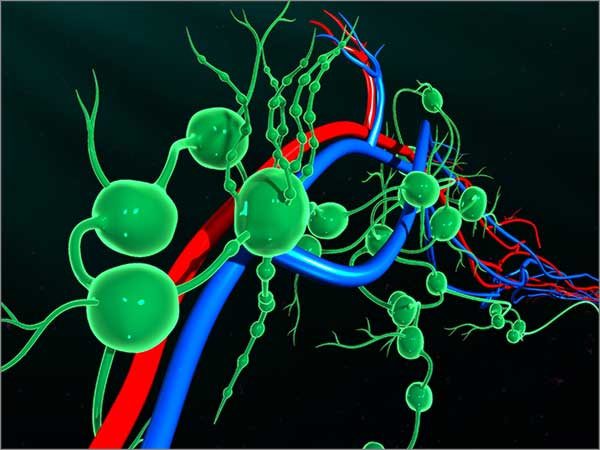A group of cancers that starts near or in your mouth, throat, nose, voice box, or sinuses are known as Head and Neck cancer. It usually starts in the squamous cells that line the surfaces of these body parts.
Head and neck cancer can be categorized into five main types. The symptoms of each will be slightly different.
1. Oral cancer
It affects the inside of your mouth and lips. This includes:
- The insides of your cheeks
- Your gums
- Under your tongue
- The hard palate
- The surface of your tongue
The symptoms are:
- White or red patches in your mouth
- Painless, long standing ulcers
- Swelling in your jaw
- Pain or bleeding in your mouth

2. Cancer of the Oropharynx
Your oropharynx includes the back of your tongue, your tonsils, and your soft palate (back of the roof of your mouth).
The symptoms are:
- Trouble talking or breathing
- Trouble hearing
- Swallowing becomes painful
- Persistent throat or neck pain
- Ringing in your ears that keeps coming back
3. Larynx (voice box) cancer
It involves epiglottis and vocal cords.
Signs include:
- Painful swallowing
- Pain in the ear
- Voice change
4. Nasal cavity and paranasal sinuses
The space inside your nose is your nasal cavity. The small spaces in the bones of your head around your nose are paranasal sinuses.
Signs to look out for are:
- Non-healing sinus infections that show resistance to antibiotics
- Blocked sinuses
- Headaches
- Nosebleeds
- Pain in your upper teeth
- Swelling around the eyes
5. Salivary gland cancer
The salivary glands that make saliva are present within the oral cavity, near both ears, under the tongue and near the jaw bone.
The symptoms of salivary gland cancer are:
- Swelling under your chin and around the jawbone
- Paralyzed or numb face muscles
- Persistent pain in your chin, face, or neck
Other Symptoms
There are specific symptoms for each kind of head and neck cancer, but they show certain general symptoms too. They are:
- A lump in your neck
- Sores or growths in your mouth
- Blood in your phlegm
Causes and Risks
Tobacco consumption, smoking, and even secondhand smoke raise your risk of getting head and neck cancer.
Drinking too much alcohol can also lead to this type of cancers.
Other things include:
- A type of sexually transmitted disease called Human papillomavirus (HPV)
- Gender, male are more vulnerable
- Having a weak immune system
Diagnosis
Your doctor will look for lumps in your neck and inside your mouth, nose, and throat. You will be asked to get a few tests if the doctor finds any symptoms of a head or neck cancer.

The tests include:
- Blood tests
- Urine tests
- HPV test
- Endoscopy
- Biopsy and lab tests if there is a tumour
- X-rays
- Scans
Treatment
The treatment depends on a few things, such as:
- What stage the cancer is in
- Where the cancer is located
- Your age and general health
For head and neck cancer, the doctor may suggest a combination of treatments like surgery, chemotherapy, radiation, and targeted therapy.
Authored By Dr. M. Banupriya MBBS, MDRT, FIAMS, Ph.D, CCEPC (Palliative care), Consultant Oncologist



